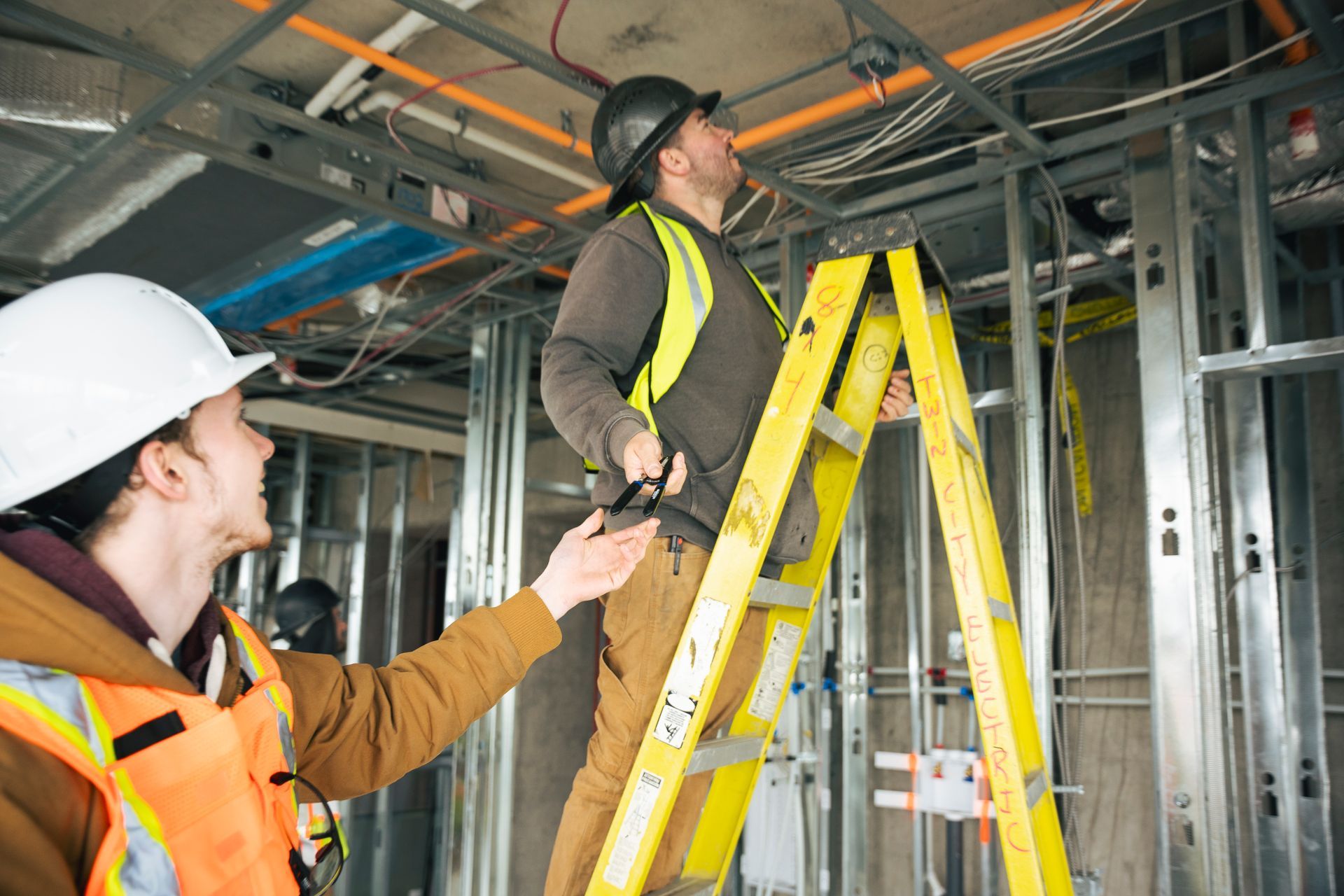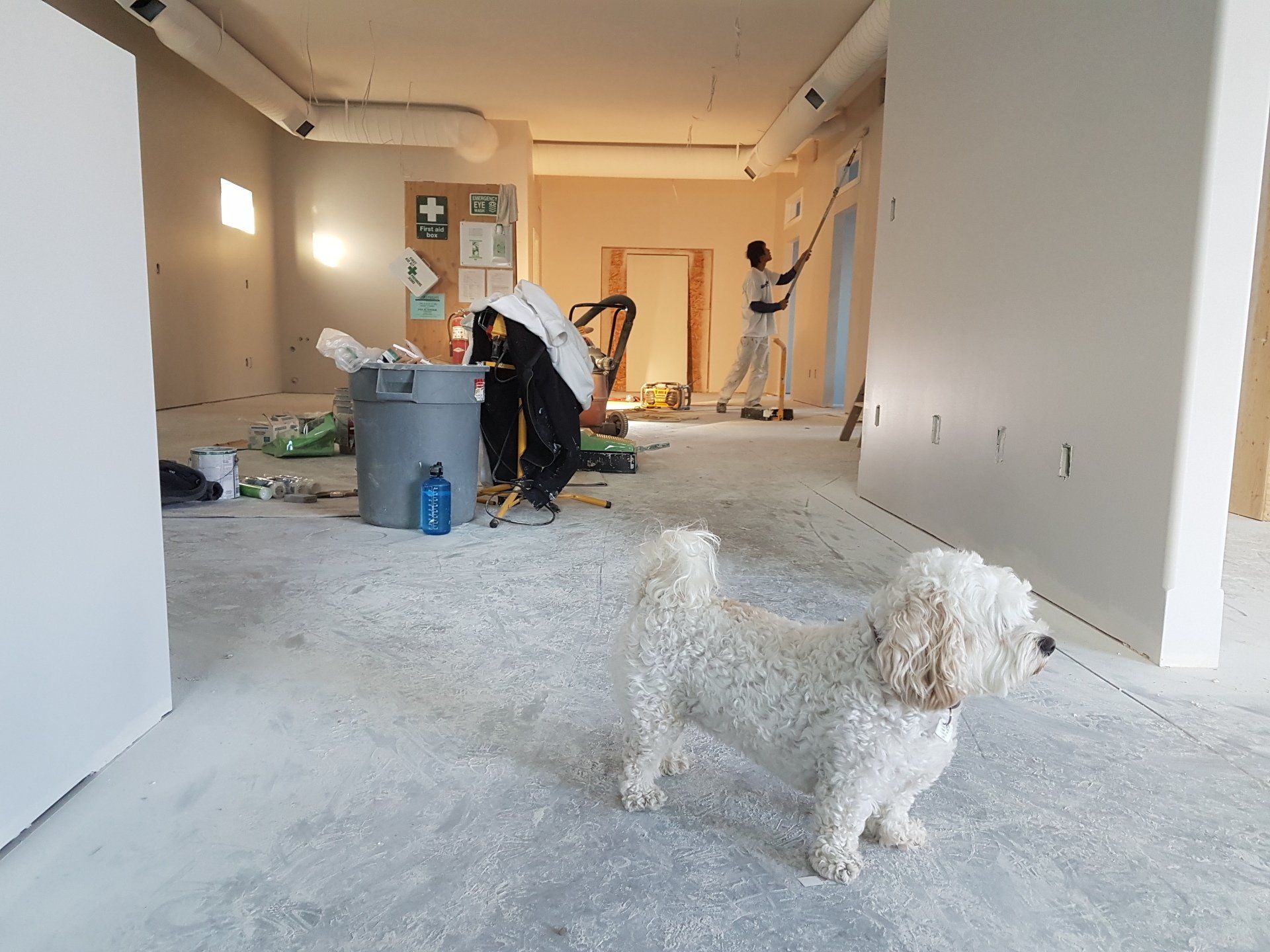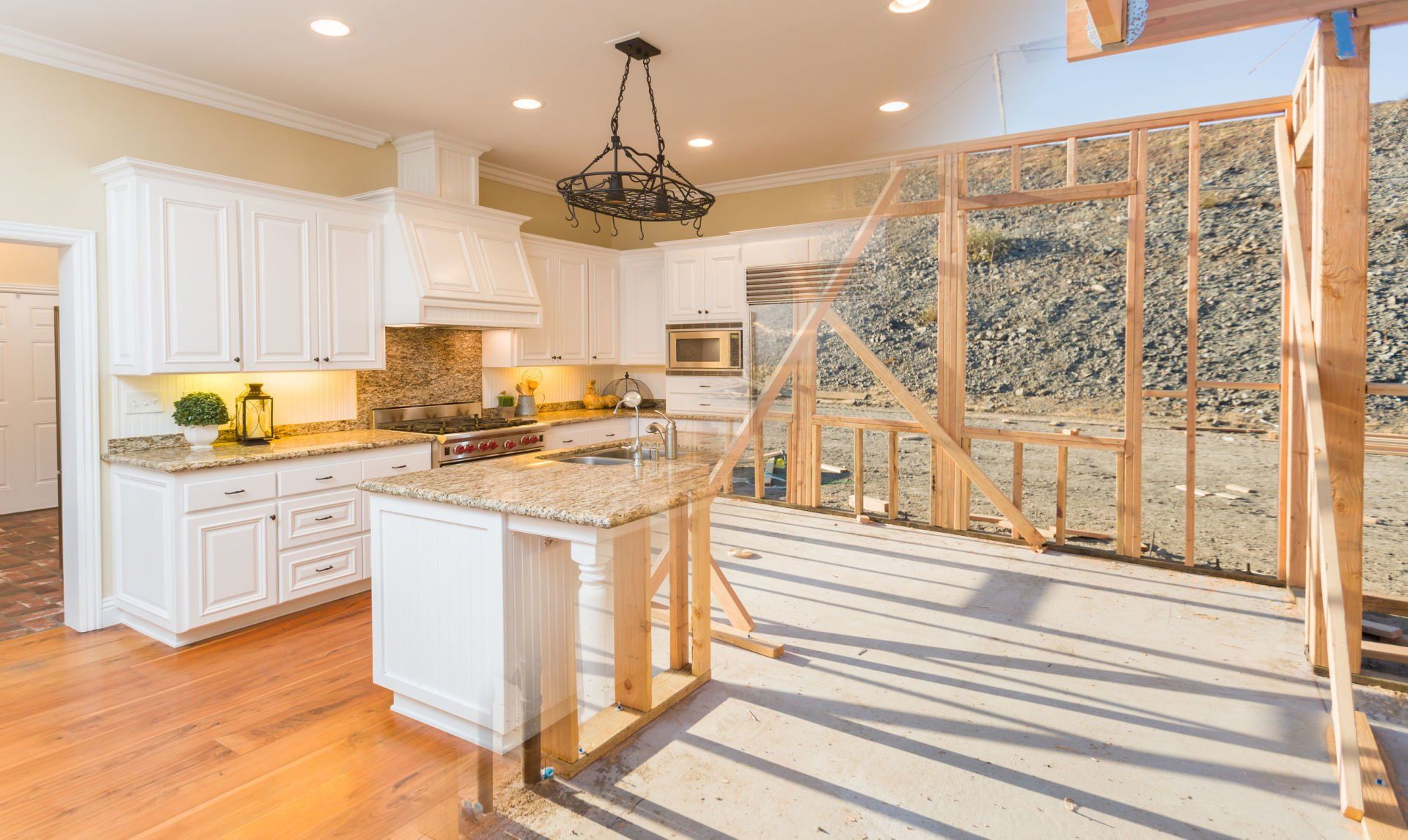GET A FREE QUOTE TODAY - CALL US 902 719 7741



The Benefits of Sustainable Commercial Construction in Halifax
As businesses in Halifax increasingly prioritize sustainability, the construction industry is evolving to meet these demands. Sustainable commercial construction practices not only help reduce environmental impact but also create energy-efficient, cost-effective, and healthier workspaces. In this blog post, we’ll explore the key benefits of sustainable commercial construction and how it can positively impact businesses in Halifax.
1. Reduced Environmental Impact
One of the most significant benefits of sustainable commercial construction is the reduction in environmental impact. Traditional construction methods often produce large amounts of waste, consume non-renewable resources, and generate significant greenhouse gas emissions. Sustainable construction aims to minimize these effects by using eco-friendly materials and energy-efficient practices.
How Sustainable Construction Reduces Environmental Impact:
- Eco-Friendly Materials: Sustainable construction uses recycled or renewable materials, such as reclaimed wood, recycled steel, and low-VOC (volatile organic compound) paints. These materials reduce the need for new resource extraction and lower the overall carbon footprint of the project.
- Waste Reduction: By focusing on efficient construction processes and material usage, sustainable projects generate less waste. Construction companies can also implement recycling programs on-site to further reduce waste sent to landfills.
- Energy-Efficient Building Design: Incorporating features like passive solar design, energy-efficient windows, and optimized building orientation helps reduce the energy consumption of commercial buildings, making them more environmentally friendly in the long term.
In a city like Halifax, where sustainability is becoming a key focus for businesses and communities, reducing the environmental footprint of commercial buildings can make a positive impact on the region's natural resources and ecosystem.
2. Lower Operating Costs
One of the most compelling reasons for businesses to consider sustainable commercial construction is the potential for significant cost savings over time. Although sustainable construction methods and materials may have higher upfront costs, the long-term financial benefits can more than offset these initial investments.
How Sustainable Construction Saves Money:
- Energy Efficiency: Sustainable buildings are designed to be energy-efficient, incorporating elements such as energy-efficient lighting, HVAC systems, and insulation. These features can drastically reduce energy consumption, leading to lower utility bills for businesses.
- Water Conservation: Implementing water-saving technologies, such as low-flow fixtures, rainwater harvesting systems, and greywater recycling, helps conserve water and reduce costs associated with water usage.
- Tax Incentives: Businesses in Halifax can benefit from tax incentives and rebates for implementing sustainable construction practices. For example, energy-efficient upgrades and LEED (Leadership in Energy and Environmental Design) certification can make businesses eligible for financial rewards that reduce overall project costs.
By reducing energy consumption and water usage, sustainable commercial buildings can offer significant long-term savings for businesses, contributing to a more profitable and efficient operation.
3. Increased Property Value
Investing in sustainable commercial construction can also increase the overall value of a property. As sustainability becomes more important to businesses, employees, and consumers, buildings that incorporate eco-friendly practices and energy-efficient features are becoming highly desirable in the real estate market.
How Sustainability Boosts Property Value:
- Market Appeal: Sustainable buildings appeal to a growing segment of environmentally conscious businesses that prioritize eco-friendly practices. This makes sustainable commercial spaces more attractive to tenants and buyers, increasing demand and property value.
- Longevity: Sustainable construction focuses on durability and quality, using materials and methods that ensure a longer lifespan for the building. This reduces the need for costly repairs or renovations, preserving the value of the property over time.
- Certifications and Ratings: Achieving sustainability certifications, such as LEED or BREEAM (Building Research Establishment Environmental Assessment Method), can further enhance a building’s marketability and value. These certifications serve as a testament to the building’s environmental performance and can command higher rental rates or resale prices.
In Halifax's competitive commercial real estate market, sustainability is a key differentiator that can increase the value and appeal of commercial properties, benefiting property owners and investors.
4. Enhanced Employee Productivity and Well-Being
Sustainable commercial buildings are not just good for the environment—they also create healthier, more comfortable spaces for employees. Incorporating sustainable practices into the design and construction of a commercial building can lead to improved indoor air quality, better natural lighting, and increased thermal comfort, all of which contribute to a better work environment.
Benefits of Sustainable Workspaces for Employees:
- Indoor Air Quality: Sustainable buildings prioritize air quality by using materials that emit low or no volatile organic compounds (VOCs) and installing advanced ventilation systems. Clean indoor air has been shown to reduce absenteeism, improve employee health, and increase productivity.
- Natural Lighting: Buildings designed to maximize natural light reduce the need for artificial lighting, creating a more pleasant and productive work environment. Exposure to natural light can boost mood, energy levels, and overall employee satisfaction.
- Temperature Control: Sustainable buildings are designed to maintain consistent indoor temperatures through proper insulation, energy-efficient windows, and smart HVAC systems. This creates a more comfortable working environment that can lead to higher productivity and morale.
In an increasingly competitive job market, businesses in Halifax that provide healthier, more comfortable work environments can attract and retain top talent, making sustainable buildings a valuable asset.
5. Alignment with Corporate Social Responsibility (CSR) Goals
For many businesses in Halifax, corporate social responsibility (CSR) is an essential part of their brand identity. Embracing sustainable commercial construction allows companies to demonstrate their commitment to reducing their environmental impact and contributing to a more sustainable future.
How Sustainable Construction Supports CSR:
- Eco-Friendly Practices: By incorporating sustainable building materials, energy-efficient technologies, and waste-reduction strategies, businesses can show stakeholders that they are actively working to minimize their environmental footprint.
- Community Impact: Sustainable construction often focuses on creating buildings that positively impact the surrounding community, whether through energy-efficient design, the use of local materials, or promoting green spaces.
- Reputation Enhancement: Businesses that prioritize sustainability are increasingly viewed as socially responsible and forward-thinking, which can enhance their reputation with customers, partners, and investors.
For businesses in Halifax looking to align their operations with CSR goals, sustainable commercial construction offers a practical and impactful way to demonstrate environmental leadership and social responsibility.
Conclusion
Sustainable commercial construction offers a range of benefits for businesses in Halifax, from reduced environmental impact and lower operating costs to enhanced property value and employee well-being. As sustainability becomes a key priority in the construction industry, businesses that embrace these practices can position themselves as leaders in their field while enjoying long-term financial and operational advantages.
At Renerico Construction, we specialize in sustainable commercial construction practices that help businesses in Halifax achieve their goals while contributing to a greener future. Whether you’re planning a new build or looking to renovate an existing space, we’re here to guide you through the process with eco-friendly solutions that align with your needs. Contact us today to learn how we can help bring your sustainable commercial project to life.
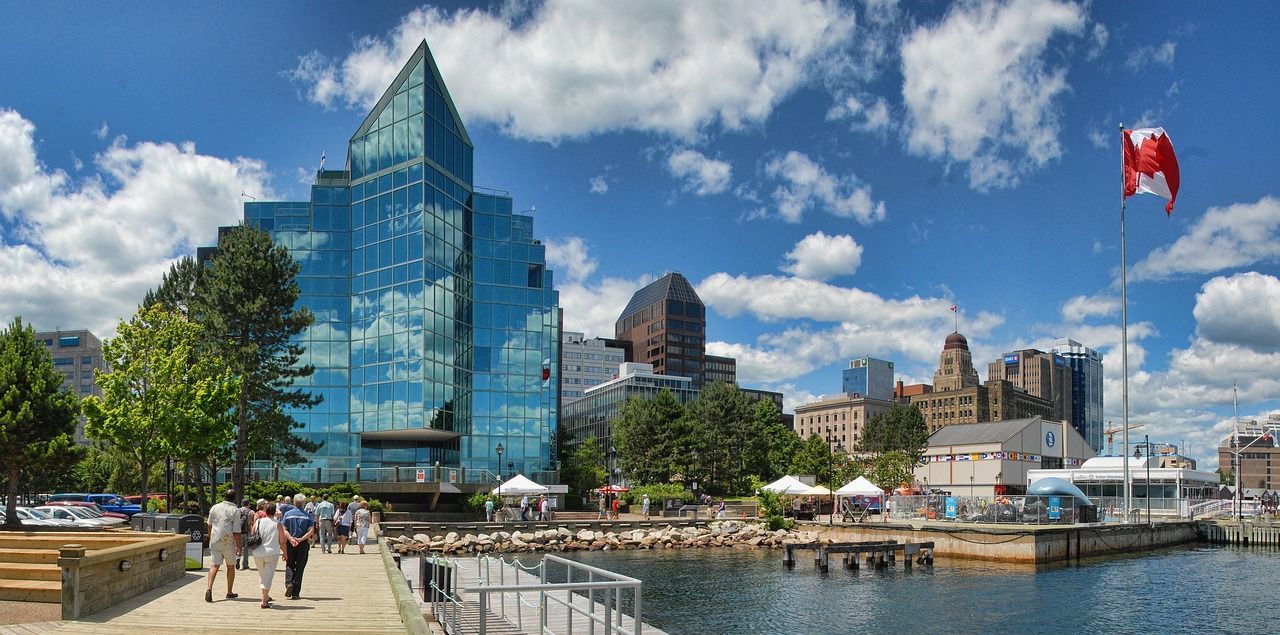
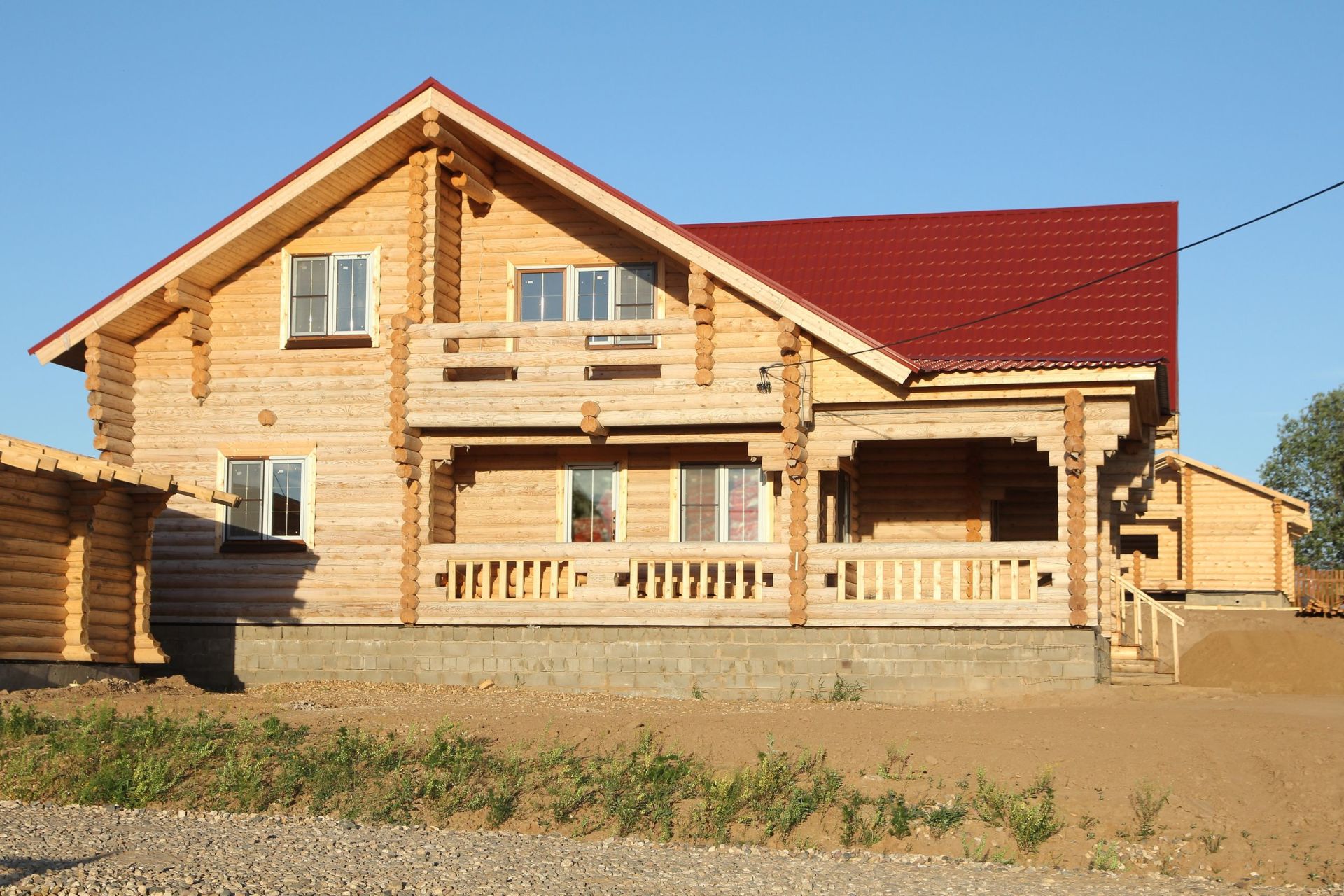

<p class="rteBlock">Renerico Construction</p>
We are a team of skilled carpenters, electricians and renovators who are ready to make your dreams become a reality. Give us a call today!
powered by Champion Promotions
GET IN TOUCH
STAY CONNECTED
Join our newsletter and find out more
Contact Us
We will get back to you as soon as possible.
Please try again later.
